Latest Post
The Consumer Electronics Show 2025, Las Vegas was the launch platform for Apptronik’s newest innovation: Apollo, a humanoid robot designed to work harmoniously with humans in any work environment. This launch marks a critical milestone in the history of robotics and the possibilities that humanoid robots bring to industries where labor is intense.
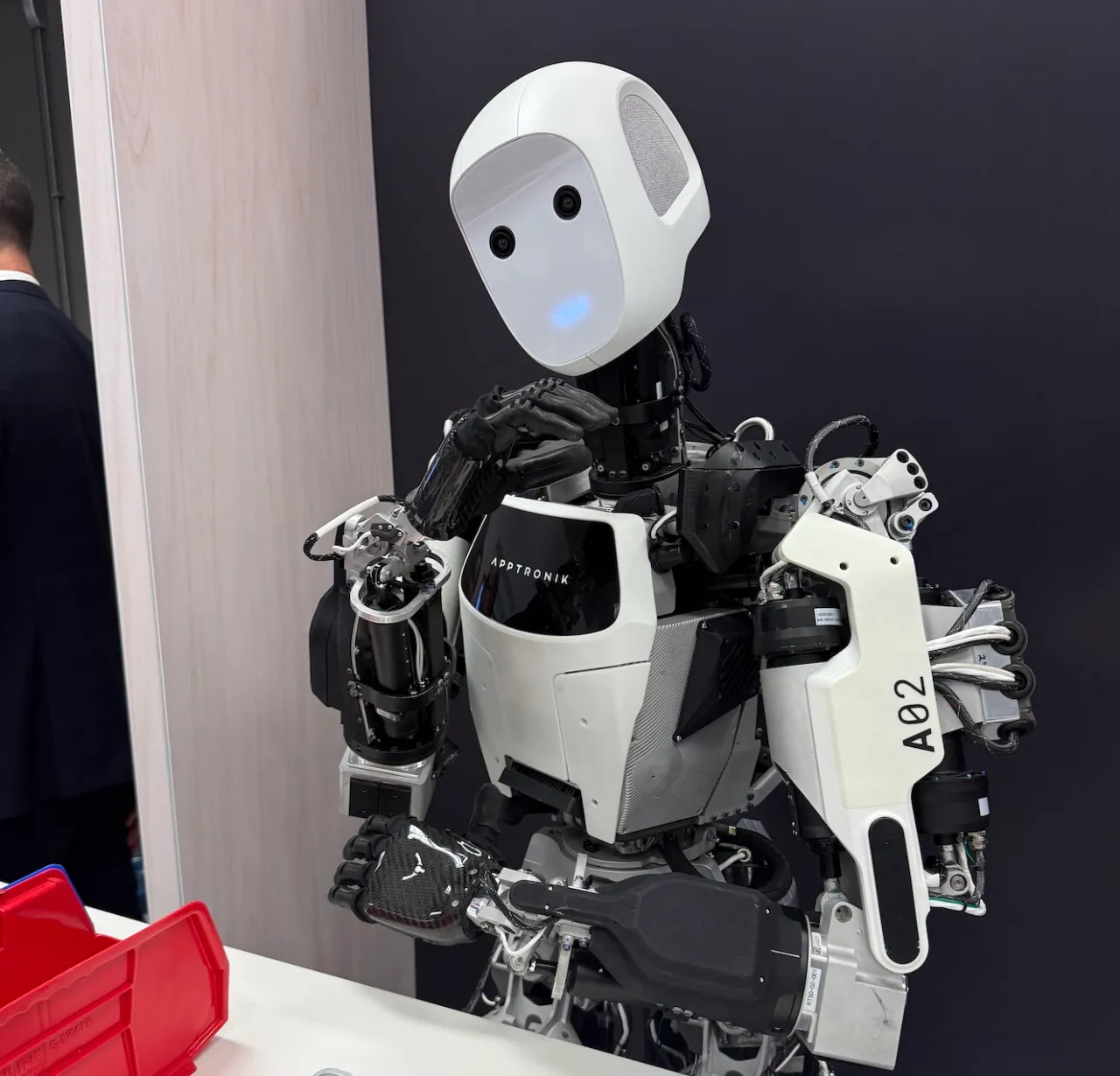
Design and Specifications
Apollo stands 5 feet 8 inches tall, weighing 160 pounds, making it similar to the average human build so it can move about and work in human-centric spaces properly. It has a payload capacity of 55 pounds allowing it to be used for so much. The system is powered by hot-swappable battery packs with up to four hours of operation per pack, eliminating as much downtime as possible to create as much uptime productivity as possible.
read also: Samsung’s Ballie Robot Set for 2025 Launch
Modularity and Versatility
Apollo features modularity that makes it easy to be mounted on any type of mobility platform or can stand on its bipedal locomotion, allowing it to adapt to diverse applications from warehouse logistics to retail assistance. This is how it will integrate with ease into workflows that make its application very efficient without changing infrastructure.
Safety and Human-Robot Interaction
Apptronik has taken safety as its core consideration in the design of Apollo. The robot uses an advanced force control architecture to create the ability to operate safely in human environments. Moreover, Apollo uses intuitive interaction capabilities along with LED lights on its head, mouth, and chest, displaying the status of the robot to others, which can create a more humane and friendly human-robot interaction.
Applications Across Industries
Apollo is equipped to perform trailer unloading, case picking, palletization, machine tending, and workcell delivery, and its human-likeness is the interface wherein it can use tools and equipment prepared for humans, making it a very versatile asset for sectors such as logistics, manufacturing, construction, oil and gas, electronics production, retail, and elderly care.
Read also: RoboForce Secures $10M to create Industrial Labor with AI-Powered Robotics
Partnerships and Collaborations
Apptronik has teamed with Google DeepMind to infuse Apollo with the next level of advanced AI. Together, the integration of Apptronik’s hardware expertise and DeepMind’s leading AI platforms will hasten the progress of intelligent, responsive, and adaptive robotic systems.
Market Potential and Future Outlook
The introduction of Apollo comes at a time when industries are increasingly looking for automation solutions to address labor shortages and improve operational efficiency. Humanoid robots like Apollo, which can do a variety of tasks in human-oriented environments, represent a huge leap forward in meeting these needs. Apptronik’s focus on mass manufacturability and safety positions Apollo as a promising solution for companies looking to integrate robotics into their operations.
Summary
Apptronik’s reveal of Apollo at CES 2025 is another milestone in how fast humanoid robots can change things within different sectors. Its design and versatility along with its commitment to safety would place it on a pedestal that makes it more of a worthy ally in an automation world with people.


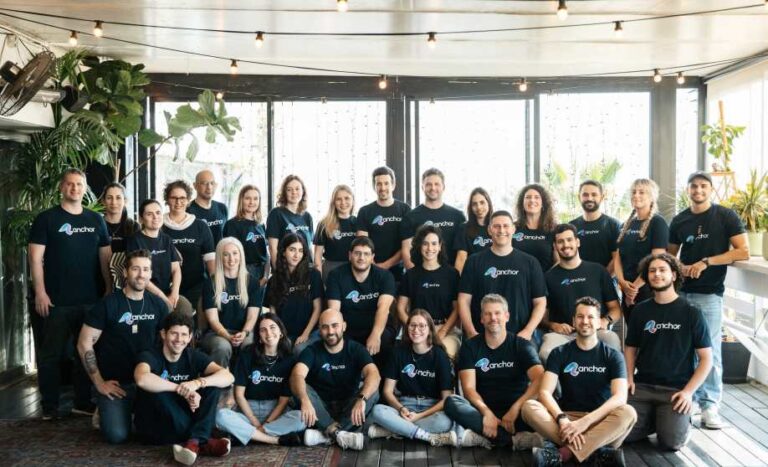
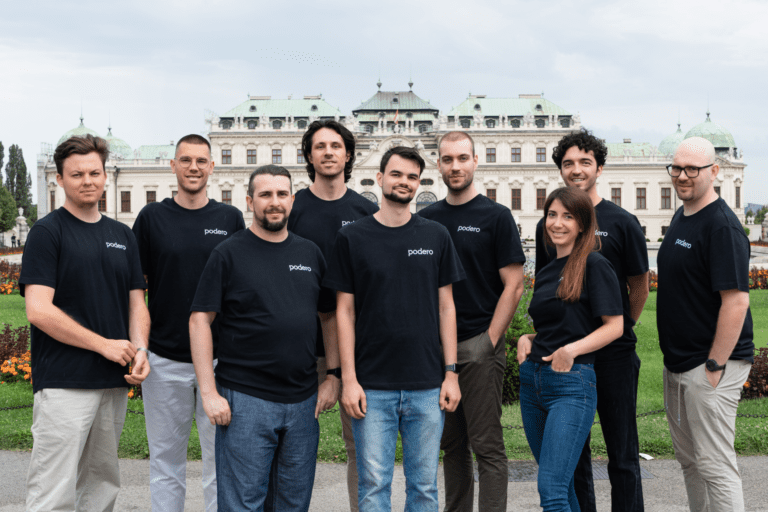


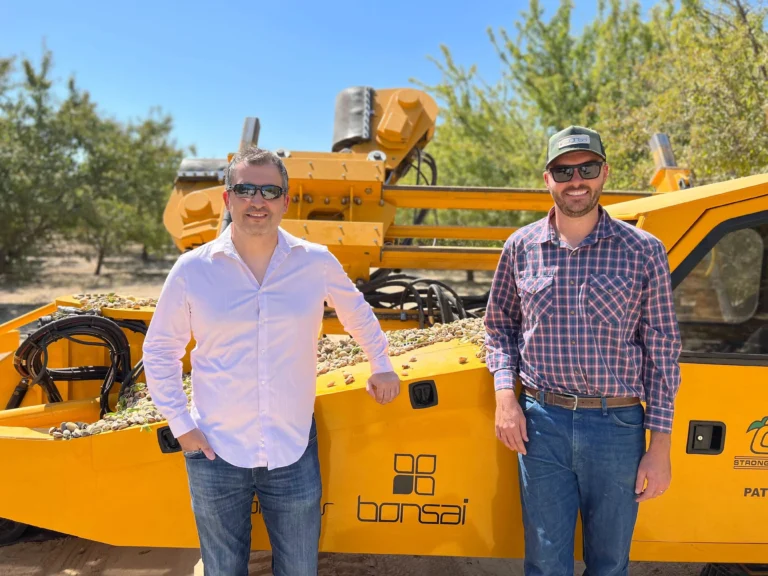
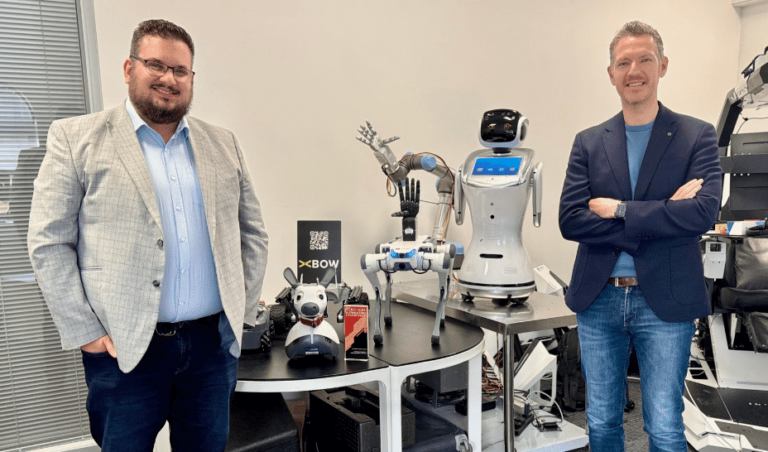
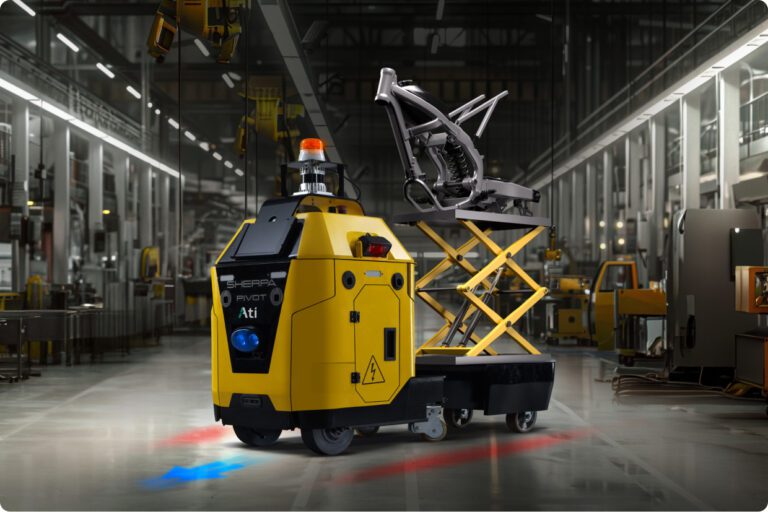
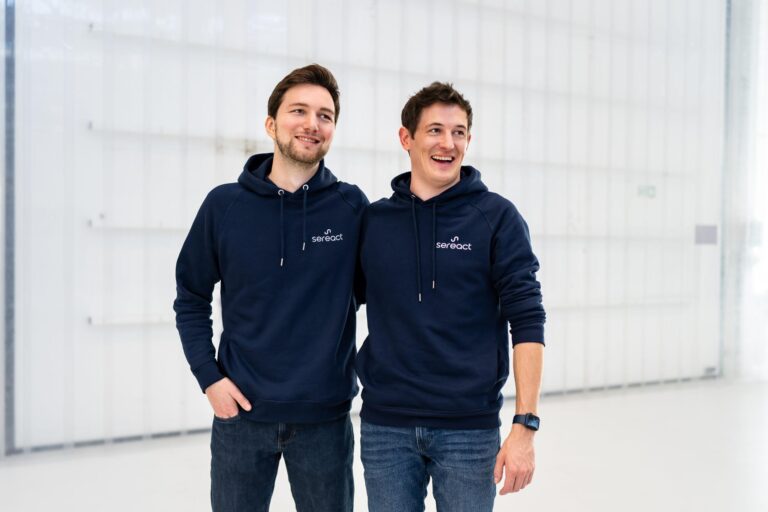
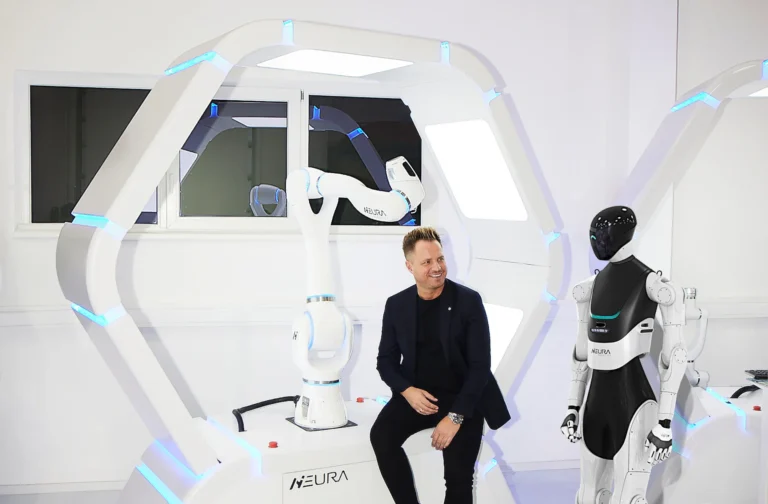
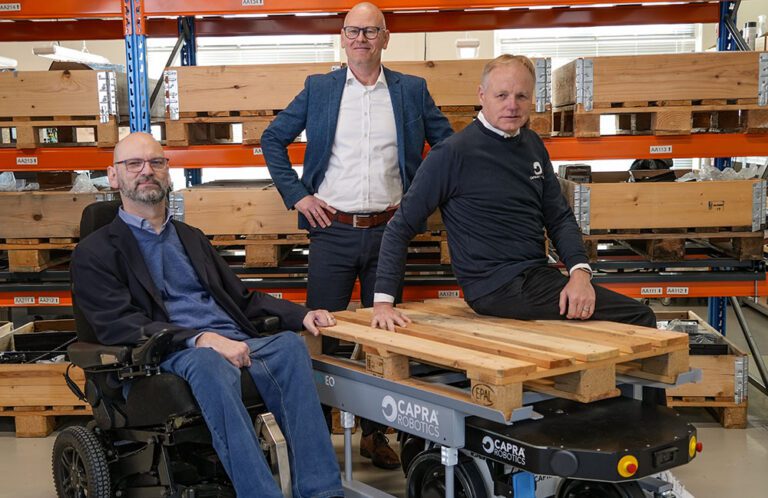
Pingback: Ati Motors Secures $20M to Propel Global Expansion of AI-Powered Industrial Robotics